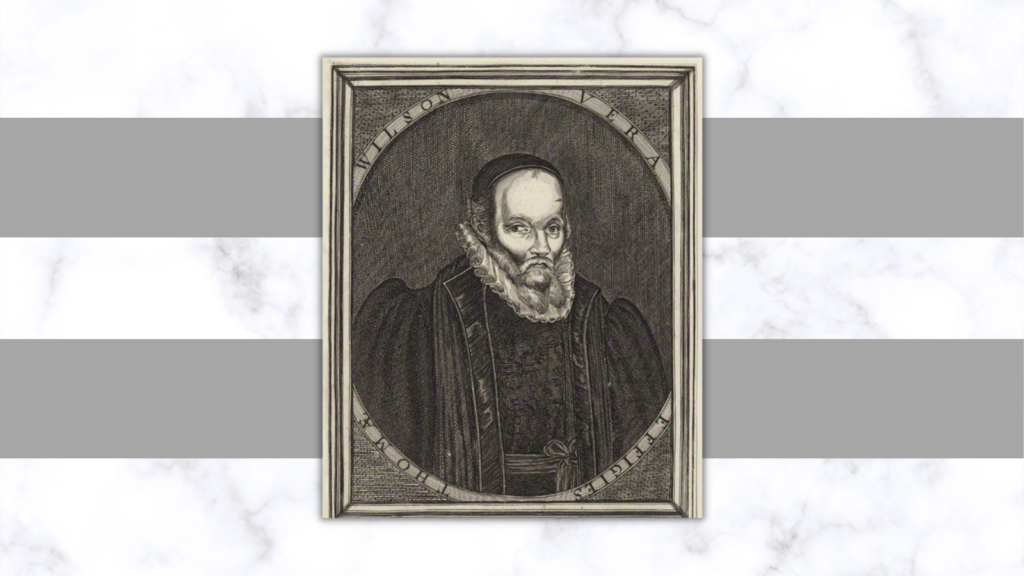Finney’s revivals saw thousands come to Christ, paved way for 20th Century evangelists
Charles Grandison Finney (1792–1875), a Presbyterian minister, was a leader in the Second Great Awakening in America. He has been called the “Father of Modern Revivalism.”
This year is the 225th anniversary of his birth.
He was born Aug. 29, 1792, in Warren, Connecticut, to Sylvester and Rebecca Finney. The family moved to the upstate frontier of New York after the American Revolution where they attended the Henderson Baptist Church.
He became a lawyer after studying as an apprentice to one.
‘Waves of liquid love’
At age 29 Finney had to settle the question of his salvation. On Oct. 10, 1821, he went out in the woods near his Adams, New York, home. After several hours he returned to his office a changed man. He later wrote of the experience, “The Holy Spirit … seemed to go through me, body and soul … like a wave of electricity. … Indeed it seemed to come in waves of liquid love, for I could not express it in any other way.”
The next morning he told a client whose case he was to argue: “I have a retainer from the Lord Jesus Christ to plead his cause and cannot plead yours.”
After studying under two Presbyterian preachers, he received a license to preach in 1823 and was ordained the next year.
The Female Missionary Society of the Western District hired him in 1824 as a missionary to the frontier communities of upper New York. He preached there for two years. Crowds came to hear him.
His preaching became more controversial when he modified Calvinist teachings regarding God’s election of people to be saved. He thought unbelief was a “will not” and if people willed to become a Christian they could do so.
Finney’s New Measures also were targets for the Presbyterian leadership. He allowed women to pray in public meetings and had an “anxious bench” where people who felt a need for salvation could sit. He held protracted meetings lasting as long as four hours. Speaking in the common language of the audience he preached extemporaneously.
In 1827 clergy met in New Lebanon, New York, to censure him. They reached a stalemate which made him even more popular.
The high point of his revivals came in Rochester, New York, between Sept. 10, 1830, and March 6, 1831. He preached almost 100 sermons. Shopkeepers closed their doors and asked people to attend Finney’s revivals. Many thousands were converted. The Rochester revival inspired other revivals in the Second Great Awakening.
In 1832 he moved to New York City. A leader in the Free Church movement, he rejected pew rent in favor of free seating for everyone. Finney’s friends built the Broadway Tabernacle for him but he preached there only a year.
Areas of ministry
In 1835 he went to Ohio to pastor the Oberlin Congregation Church and teach theology at Oberlin College. He served as president of Oberlin College from 1851 until 1866. After leaving the Presbyterian Church, he held revivals in America and Great Britain. He was a leader of social reforms, particularly temperance and abolition. Oberlin was a station on the Underground Railroad.
Finney died at Oberlin on Aug. 16, 1875, of natural causes and is buried there. His great revivals paved the way for later evangelists such as Dwight Moody, Billy Sunday and Billy Graham.






Share with others: